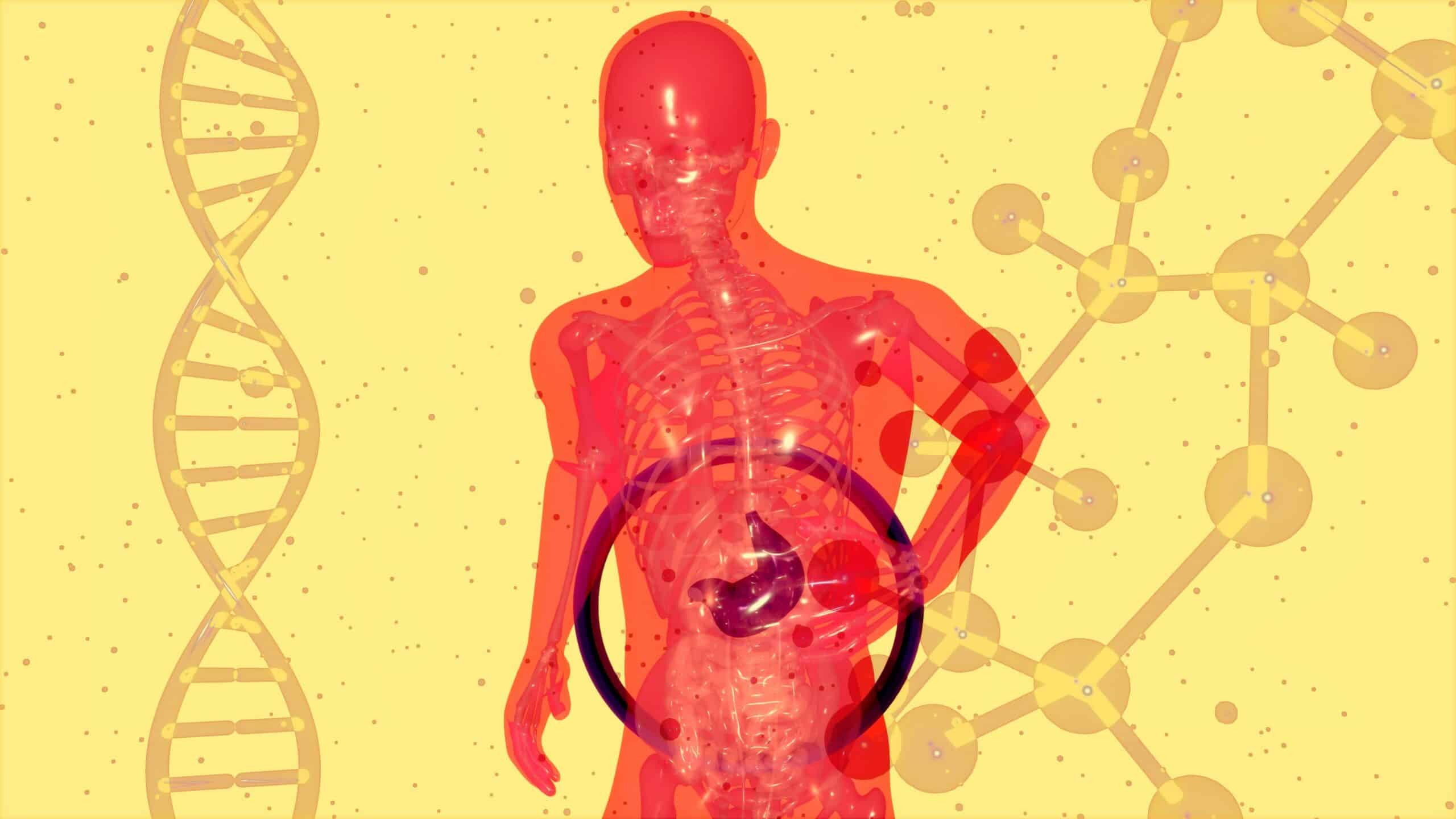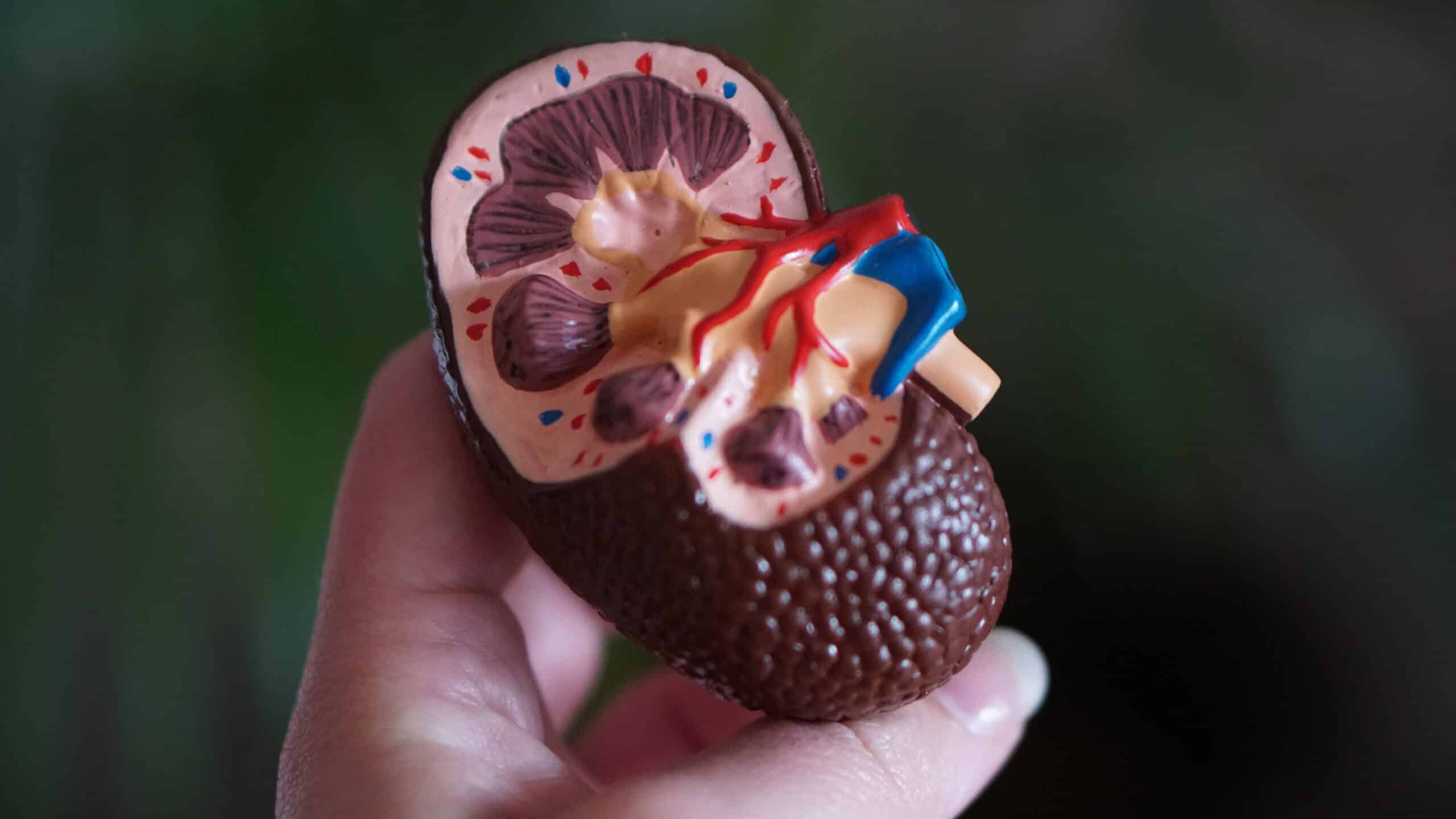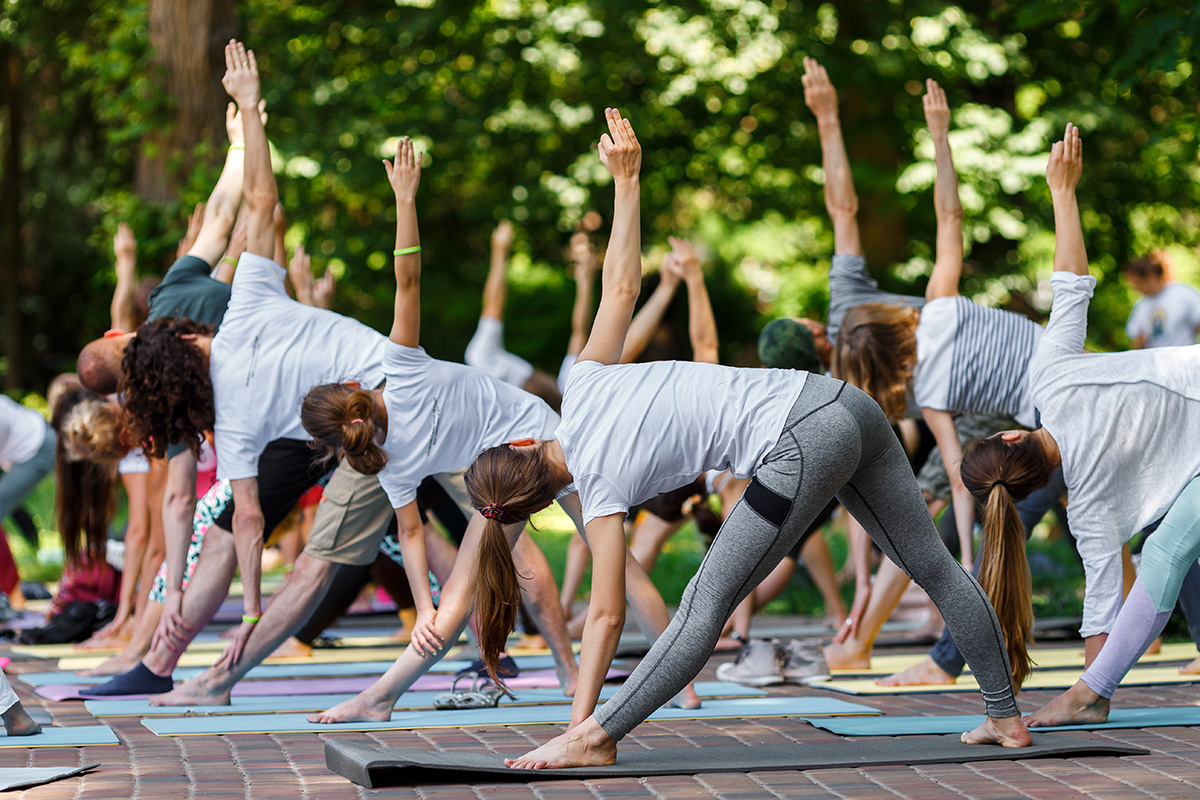As a personal trainer and wellness coach helping out with the wellness therapy program at Lakeview Health, patients often ask questions about my diet and how often I have a “cheat day.” I could answer those questions, but the truth is that what works for me may not have the same end results for someone else because our bodies have been trained differently. Instead, let’s focus on something simple and basic we can all do the same: meal prepping! If you are new to meal prepping, I have outlined below a simple, easy solution on how to meal prep for beginners. First, the most important thing I cannot stress enough to my patients is what I like to call The 5 P’s: Proper Preparation Prevents Poor Performance. The 5 P’s is a concept that applies to many aspects of life and you should keep in mind when it comes to meal prepping, bodybuilding, weight loss, or fitness in general.
Pro Tips For Meal Prepping To Meet Your Goals
1. Make a plan
Before you hit the grocery store, plan out exactly what you’re going to buy. This will keep you focused and save you time since you know exactly what you’re there for and save money because you don’t buy unnecessary things. To plan your meals, it’s helpful to make a list of foods you can tolerate when they’re reheated. Here’s a chart of foods to give you an idea of what to buy:
Order Of Priority From Most Important (Vegetables) To Least Important (Unhealthy Fats)
1. Vegetables
- Broccoli
- Asparagus
- Romaine Lettuce
- Spinach
- Green Beans
- Cauliflower
- Mushrooms
- Carrots
- Zucchini
- Red Cabbage
- Squash
2. Proteins
- Chicken
- Turkey
- Fish
- Red Meat
- Wild Game Meat
- Eggs
- Greek Yogurt
3. Animal Products
- Black Beans
- Quinoa
- Green Peas
- Lentils
4. Complex Carbs
- Sweet Potato
- Yams
- Oats
- Brown Rice
- Wild Rice
- Whole Wheats
5. Healthy Fats
- Avocado
- Sunflower Seeds
- Pumpkin Seeds
- Natural Peanut Butter
- Low-Fat Cheese
- Low-Sodium Nuts
- Extra Virgin Olive Oil
- Flax Seed Oil
- Coconut Oil
6. Simple Carbs
- Pasta
- White Potatoes
- White Rice
- Fruits
- Rice Cakes
- Popcorn
7. Unhealthy Fats
- Butter
- Fried Food
- Mayo/Miracle Whip
- Sweets
- Whole Fat Dairy
2. Start prepping
Based on which foods you purchased, start to break everything down into either breakfast, lunch or dinner for three days at a time. One mistake I made early on was not dedicating the right amount of time to cook my meals. I learned that I needed to pick one day and set aside two hours to cook enough food for three days – think of it as the 1-2-3 of meal prep. Doing it that way lowered the stress of planning and allowed me to schedule my week better because I knew I had to block out time for meal planning.
Using the food chart, make sure every meal contains a protein, complex carb, and vegetable. Moderation is key when it comes to simple carbs, healthy fats, and unhealthy fats. It’s also important to remember that protein shakes and supplements NOT meal replacements – eat real food first. Here’s an example of how you could plan out your meals:
Breakfast
- Complex Carb: Whole Wheat Toast
- Protein / Vegetables: Eggs with tomatoes, spinach, & mushrooms
- Healthy Fat: Avocado on Toast or Eggs
Lunch
- Complex Carb: Sweet Potato
- Protein: Grilled Chicken
- Vegetables: Grilled Peppers & Onions
- Healthy Fat: Extra Virgin Olive Oil
Dinner
- Complex Carb: Brown Rice
- Protein: Salmon Fillet
- Vegetables: Zucchini & Squash
- Healthy Fat: (already present in Salmon)
Pre-Workout
- Simple Carb: Rice Cake and Jelly
- Protein / Health Fat: Peanut Butter
Post-Workout
- Protein / Simple Carb: Protein Shake & Apple
3. Stick with it
Most people think working out is the hard part, but that’s false. Eating right is the hard part. It takes 21 days to break or pick up a habit, so apply that to meal prep. You have to make conscious decisions to stick with it until it becomes a habit. Instead of having any old meal, I started to make healthier conscientious decisions. More colors on my plate such as vegetables and fruits, leaner proteins, and more complex carbohydrates are what my body needed. Nutrition is always most important. You may need to test out different combinations to find what works for your body. You will not gain weight, lose weight, or tone up unless you change your diet. When you properly prepare, you prevent poor performance.




